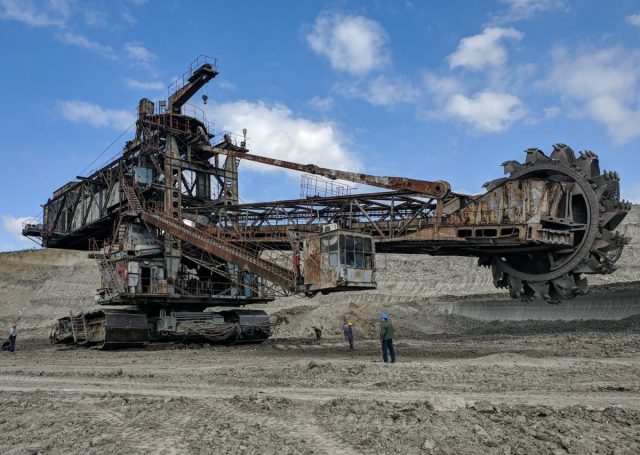After a number of countries, including Chile, Denmark, France, Germany, Montenegro, Sri Lanka, and the U.K. signed the No New Coal agreement at the U.N. High-level Dialogue on Energy in New York and Alok Sharma, COP26 president, said “I call on more countries to come forward and sign up to this compact ahead of COP26, and play their part to limit global warming and keep 1.5 degrees alive”, many market participants supported the “coal is dead” view.
Not all countries followed the global call to reduce or ban coal investments. Capital Monitor reported on Australia’s challenges and ‘out-of-touch’ policy with respect to coal.
BlackRock’s position on investments in coal was described in Larry Fink’s 2020 letter to CEOs as follows: “Thermal coal is significantly carbon intensive, becoming less and less economically viable, and highly exposed to regulation because of its environmental impacts. With the acceleration of the global energy transition, we do not believe that the long-term economic or investment rationale justifies continued investment in this sector. As a result, we are in the process of removing from our discretionary active investment portfolios the public securities (both debt and equity) of companies that generate more than 25% of their revenues from thermal coal production, which we aim to accomplish by the middle of 2020. As part of our process of evaluating sectors with high ESG risk, we will also closely scrutinize other businesses that are heavily reliant on thermal coal as an input, in order to understand whether they are effectively transitioning away from this reliance.”
Comeback role of coal?
More recently coal assets staged a dramatic rebound. In a recent article published by The Economist (available for subscribers) the comeback of coal is also linked to the rise in natural gas prices: “In 2021 the world, which was meant to “consign coal power to history” during the un’s cop26 climate summit, probably consumed more coal-fired electricity than ever before, the International Energy Agency, the world’s pre-eminent energy forecaster, said in December. The strength of demand drove coal prices to record levels in October 2021. The buoyancy is expected to continue into 2022, not least because coal is a substitute for natural gas, whose price around the globe has continued to surge in the run-up to the new year.
What is bad news for the planet has been great for coal producers. With the mineral in the ascendancy, no big Western mining company has done as well for shareholders in the past 12 months as Glencore, the diversified minerals-and-metals producer valued at $66bn that since 2018 has snapped up coal assets divested by peers like Rio Tinto, BHP and Anglo American. Quietly, given coal’s increasingly grimy reputation, the Swiss-based firm is one of the unloved mineral’s most resolute champions.”
Whereas many people concerned about climate change see the energy transition as a one-way street from coal power, possibly via natural gas, towards zero-carbon sources of electricity, the firm is bracingly pragmatic.
Glencore’s perspective as market leading mining company is that coal’s role will be one of the vital transition assets, especially in Asia, where China and India account for two-thirds of global coal consumption (Source: The Economist).
ESG Policy and Coal
The challenge for policy makers and governments who are supporting sustainable investments and a move away from coal and fossil fuels is to provide information on the long-term path towards the benefits of lower GHG emissions.
The Economist summarizes as follows: “Only concerted government action to tax carbon emissions and redesign energy systems will kill off king coal.”
One powerful framework to present the risks of climate change is the work of PRI and the Inevitable Policy Response (IPR), a climate transition forecasting consortium commissioned by the PRI which aims to prepare institutional investors for the portfolio risks and opportunities associated with an acceleration of policy responses to climate change.
| investESG.eu is an independent and neutral platform dedicated to generating debate around ESG investing topics. All opinions expressed are those of the author or contributing source.








